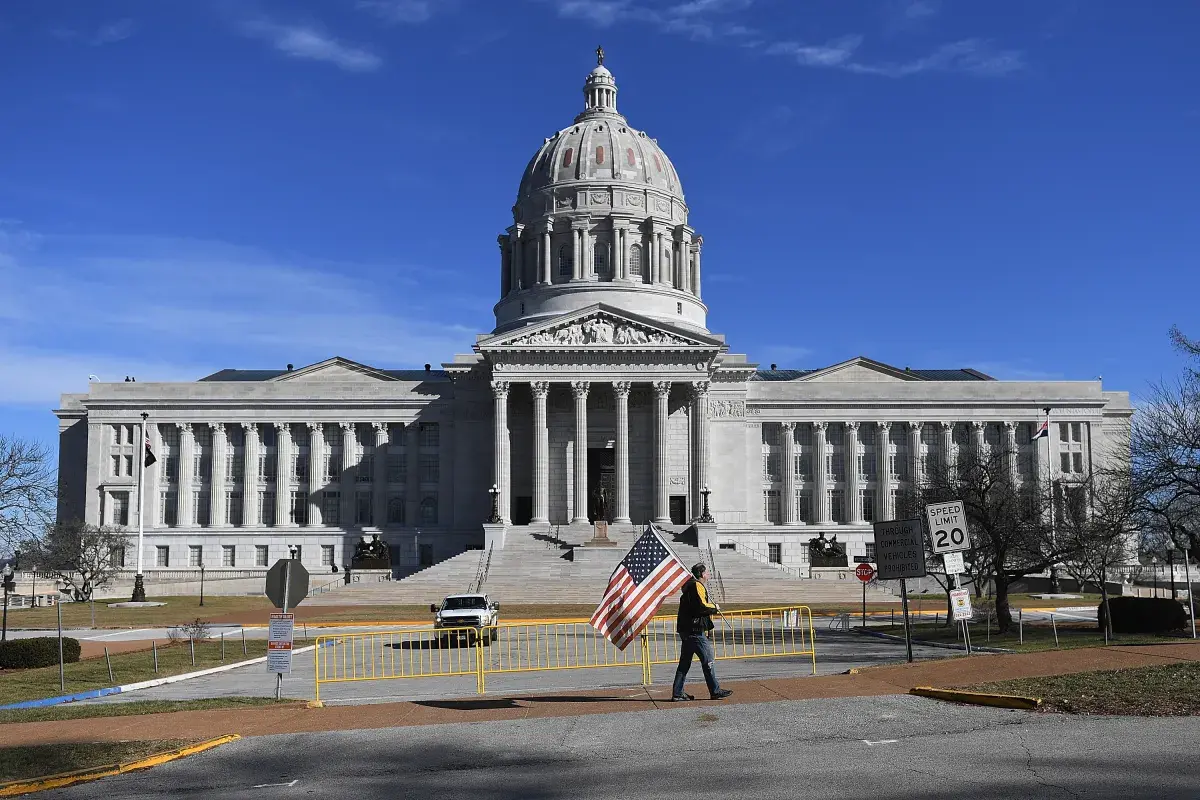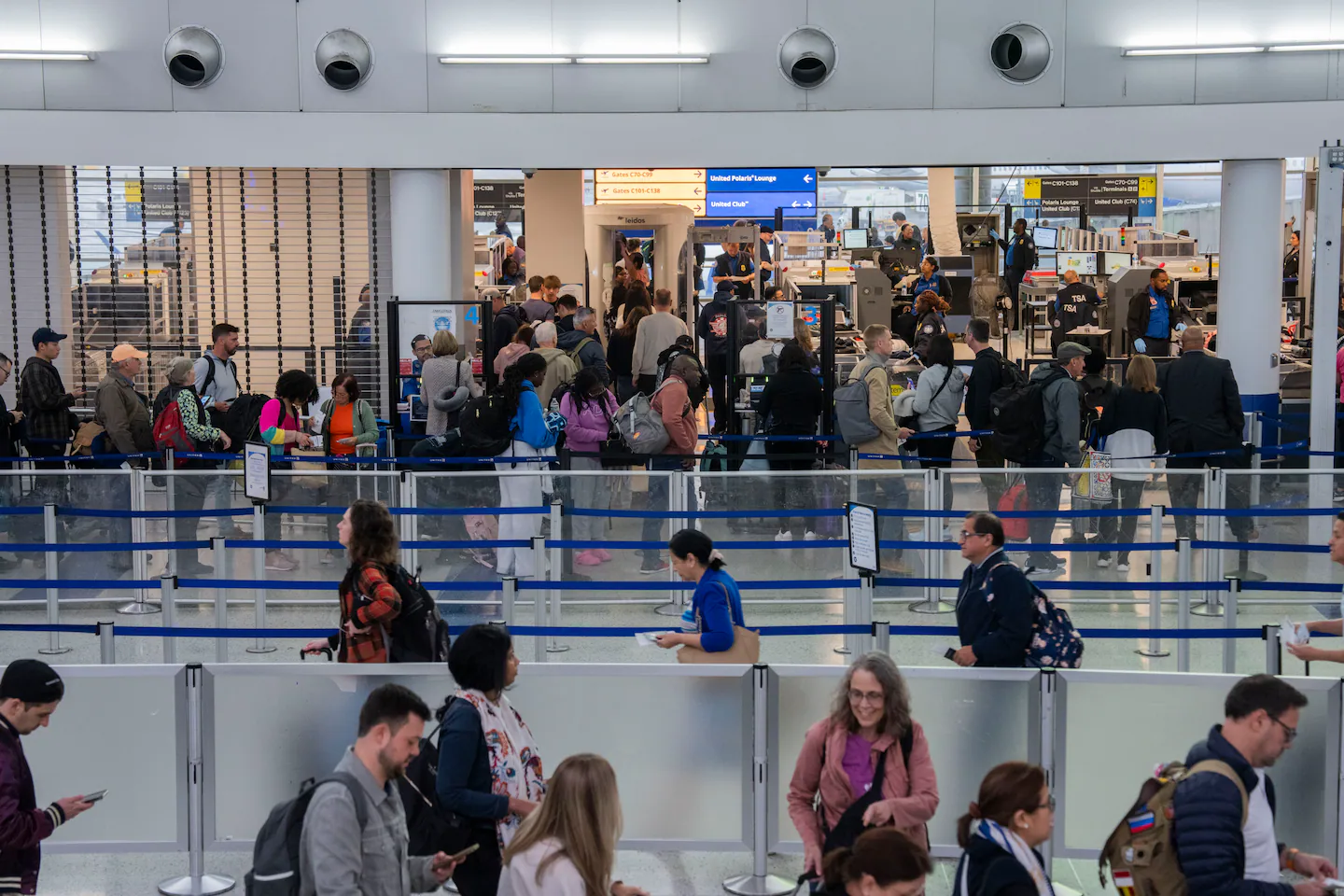
Missouri Governor Mike Kehoe signed congressional redistricting legislation into law on Sunday, implementing new district boundaries designed to help Republicans gain an additional seat in the U.S. House of Representatives in the 2026 midterm elections.
The signing follows weeks of political maneuvering, with the new map specifically targeting the Kansas City district, which has been held by Democratic Representative Emanuel Cleaver since 2005.
Newsweek reached out to Cleaver’s office via email on Sunday for comment.
Why It Matters
Republicans currently hold a narrow 219-213 majority in the House, making every seat crucial for maintaining power and advancing President Donald Trump’s legislative agenda. Democrats need to gain just three seats to flip control, which would allow them to obstruct the president’s agenda and possibly launch investigations into his administration.
Missouri’s redistricting move is part of a broader national battle over congressional maps, following similar efforts in Republican-led Texas where GOP lawmakers passed a new map, backed by Trump that is expected to grant Republicans another five seats. Democrats in California, led by Governor Gavin Newsom, responded with their own proposed map aimed at giving their party five new seats, which will go to vote later this year.
What To Know
The new map eliminates a Democratic stronghold that has been held by the party for 76 years, since 1949.
Cleaver’s Fifth District, which encompasses much of Kansas City, will be split across three different districts, diluting Democratic voting strength by incorporating Republican-leaning rural areas.
The redistricting specifically targets minority communities, reducing the number of Black and minority residents in Cleaver’s district. The plan uses Kansas City’s Troost Avenue as a boundary line, a street that has historically served as a racial dividing line separating predominantly Black and white neighborhoods. Cleaver, who served as Kansas City’s first Black mayor before taking office in 2005, has represented the district for nearly two decades.
The Missouri Senate approved the redistricting plan in a 21-11 vote earlier this month, following earlier House approval. Kehoe signed the legislation during a ceremony closed to the public, drawing support from Trump, who previously praised Missouri’s action on Truth Social. Multiple legal challenges emerged following the initial announcement, with the Campaign Legal Center filing suit earlier this month and the NAACP contending no “extraordinary occasion” existed for the special legislative session.
The American Civil Liberties Union (ACLU) also challenged the redistricting, noting that legislation lists a “KC 811” voting precinct in both the fourth and fifth congressional districts.
What People Are Saying
Missouri Governor Mike Kehoe said in a statement: “Missourians are more alike than we are different, and our values, across both sides of the aisle, are closer to each other than those of the congressional representation of states like New York, California, and Illinois. We believe this map best represents Missourians.”
Missouri Senate Democrats posted on its official X account on Sunday: “Republicans are so determined to block passage of the Epstein Files Transparency Act that they just redrew Missouri’s congressional map to eliminate a ‘YES’ vote.”
Representative Emanuel Cleaver told Newsweek on September 12: “Despite tens of thousands of Missourians taking the time to call their state lawmakers and travel to Jefferson City to voice their opposition, Republicans in the Missouri Legislature followed the marching orders dictated by power brokers in D.C. and took the unprecedented step of enacting mid-decade redistricting without an updated census.”
He continued: “While I’m grateful to the lawmakers in both parties who refused to go along with this power grab, I’m deeply disappointed that Missouri’s Legislature put the wishes of Washington above the voices of their own constituents and the needs of our communities. However, I want to be very clear to those who are frustrated by today’s outcome: this fight is far from over. Together, in the courts and in the streets, we will continue pushing to ensure the law is upheld, justice prevails, and this unconstitutional gerrymander is defeated.”
President Donald Trump on Truth Social earlier this month: “Thank you very much to the Great State of Missouri for the Redistricting which will, hopefully, give us an additional Seat in Congress!”
What Happens Next?
Opponents have until December 11 to collect approximately 110,000 valid petition signatures to force a statewide referendum on the new districts. If successful, this would suspend implementation until Missouri voters can decide the maps’ fate in a public election next year.
Reporting from the Associated Press contributed to this article.



